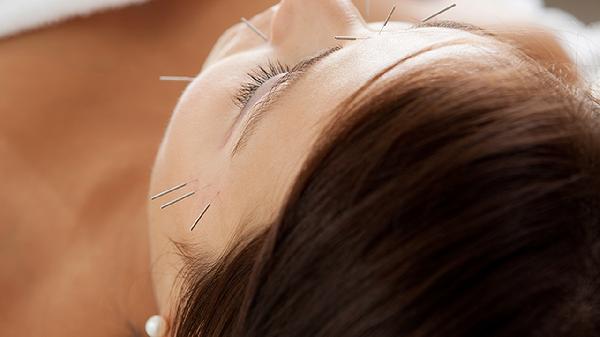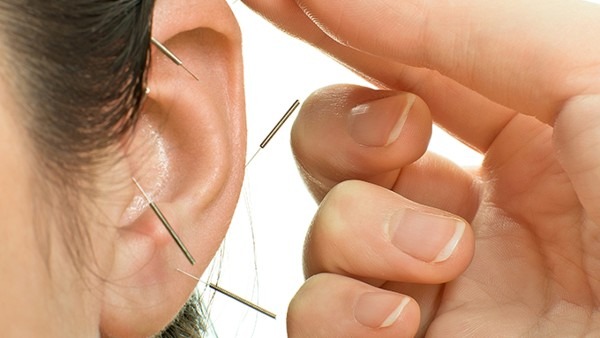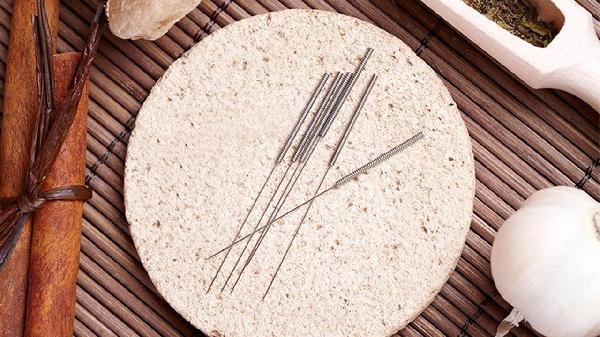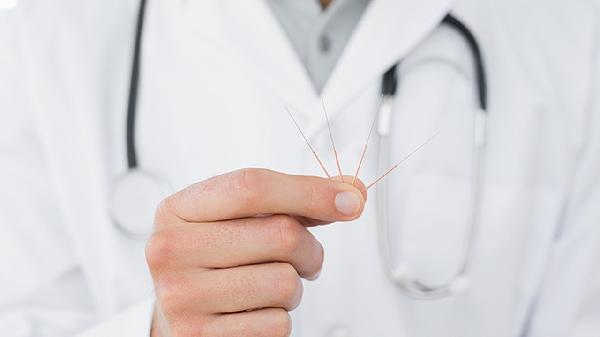Dry needling and acupuncture are two distinct therapeutic techniques that involve the insertion of thin needles into the body, but they differ significantly in their origins, philosophies, and applications. Dry needling is rooted in Western medicine and focuses on treating musculoskeletal pain and dysfunction by targeting trigger points in muscles. Acupuncture, on the other hand, is a traditional Chinese medicine practice that aims to balance the body’s energy flow (Qi) by stimulating specific points along meridians. While both methods use needles, their goals, techniques, and underlying principles are fundamentally different.
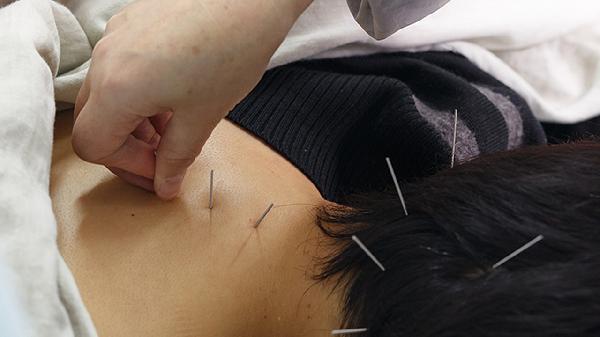
Origins and Philosophies
Dry needling is a modern therapeutic approach developed based on Western anatomical and physiological principles. It is primarily used to address myofascial pain and muscle tension by releasing trigger points—tight knots in muscles that can cause pain and restrict movement. The technique is often employed by physical therapists, chiropractors, and other healthcare professionals trained in musculoskeletal therapy.
Acupuncture, in contrast, has its roots in traditional Chinese medicine, dating back thousands of years. It is based on the concept of Qi, or vital energy, which flows through the body along pathways called meridians. According to this philosophy, illness and pain occur when the flow of Qi is disrupted. Acupuncture aims to restore balance by inserting needles into specific points along these meridians to regulate the body’s energy flow.
Techniques and Tools
Both dry needling and acupuncture use thin, sterile needles, but the way they are applied differs. In dry needling, the practitioner inserts needles directly into trigger points or tight bands of muscle to elicit a twitch response, which helps release tension and alleviate pain. The needles may be moved in and out of the muscle or left in place for a short period, depending on the treatment plan.
In acupuncture, needles are inserted at precise points along the body’s meridians, often at varying depths. The practitioner may manipulate the needles by gently twisting or lifting them to enhance the therapeutic effect. Acupuncture treatments are typically more holistic, addressing not only physical symptoms but also emotional and mental well-being.
Conditions Treated
Dry needling is primarily used to treat musculoskeletal conditions, such as chronic pain, muscle spasms, and sports injuries. It is particularly effective for conditions like tension headaches, neck pain, and lower back pain. The focus is on relieving pain and improving muscle function by addressing specific areas of tension or dysfunction.
Acupuncture, on the other hand, is used to treat a wide range of conditions, including chronic pain, digestive disorders, anxiety, insomnia, and even infertility. It is often employed as part of a holistic approach to health, addressing the root cause of symptoms rather than just alleviating pain. Acupuncture is also commonly used for preventive care and overall wellness.
Training and Certification
The training and certification requirements for dry needling and acupuncture vary significantly. Dry needling is typically practiced by licensed healthcare professionals, such as physical therapists, chiropractors, and physicians, who have completed specialized training in the technique. The scope of practice and regulations for dry needling vary by state and country.
Acupuncture practitioners, known as acupuncturists, undergo extensive training in traditional Chinese medicine, including the study of meridians, Qi, and acupuncture points. In many regions, acupuncturists must be licensed and meet specific educational and certification requirements. Some medical doctors and chiropractors also offer acupuncture as part of their practice, often with additional training in the technique.
Safety and Side Effects
Both dry needling and acupuncture are generally considered safe when performed by trained and licensed practitioners. However, there are some risks and potential side effects. Dry needling may cause temporary soreness, bruising, or bleeding at the needle insertion site. In rare cases, improper technique can lead to more serious complications, such as nerve damage or infection.
Acupuncture is also associated with minor side effects, including mild discomfort, bruising, or dizziness. Serious complications, such as organ puncture or infection, are rare but can occur if the practitioner is not properly trained. It is essential to seek treatment from a qualified and experienced practitioner to minimize risks.
Choosing the Right Therapy
Deciding between dry needling and acupuncture depends on your specific needs and health goals. If you are dealing with musculoskeletal pain or muscle tension, dry needling may be a more targeted and effective option. It is particularly useful for addressing localized pain and improving muscle function.
If you are seeking a holistic approach to health and wellness, acupuncture may be a better choice. Acupuncture can address a wide range of physical, emotional, and mental health concerns and is often used as part of a comprehensive treatment plan. It is also a valuable tool for preventive care and maintaining overall well-being.
Integrating Both Therapies
In some cases, dry needling and acupuncture can be used together to complement each other. For example, a patient with chronic back pain may benefit from dry needling to relieve muscle tension and acupuncture to address underlying imbalances in the body’s energy flow. Integrating both therapies can provide a more comprehensive approach to healing and recovery.
Conclusion
Dry needling and acupuncture are both valuable therapeutic techniques that offer unique benefits for different health concerns. While they share the use of needles, their origins, philosophies, and applications are distinct. Understanding the differences between these two methods can help you make an informed decision about which therapy is best suited to your needs. Always consult with a qualified healthcare provider to determine the most appropriate treatment plan for your specific condition. By choosing the right therapy and working with a skilled practitioner, you can take a proactive step toward improving your health and well-being.

